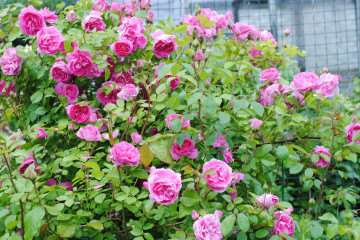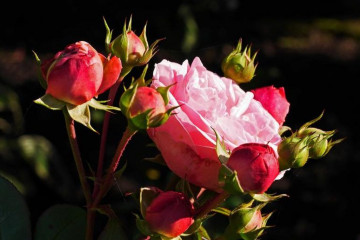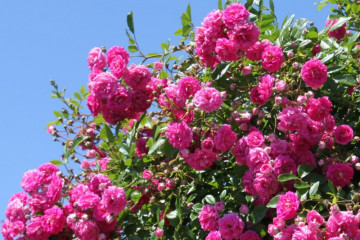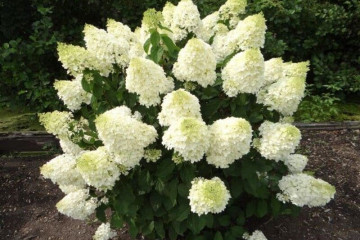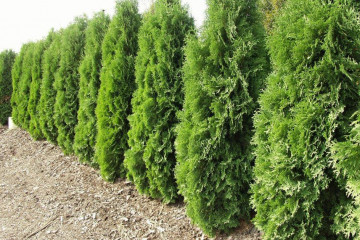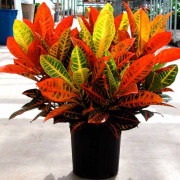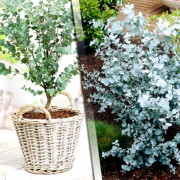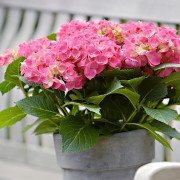Pear Chizhovskaya: description of the variety, pollinators, when it ripens
Content:
Pear Chizhovskaya owes its name to the breeder Chizhov, who worked on her breeding together with Potapov on the basis of the A. Timiryazev. This variety is known to many gardeners and is very popular in the country.
Description of the variety and its full characteristics

Popular variety of pears
In the creation of the hybrid, by that time, well-proven varieties were used: Far Eastern Olga and Lesnaya Krasavitsa.
The new hybrid has surpassed its predecessors in taste and frost resistance. The variety was to the taste of gardeners in Samara, Vladimir, Moscow, the Moscow region and adjacent regions.
Description of Chizhovskaya pear:
- the tree resembles a cone or pyramid in shape;
- the color of the branches is grayish, the trunk is dark gray;
- type of tree - bole;
- the trunk is even, resembling a stick stuck into the ground with a cascade of falling branches at the top;
- height - 2-2.5 meters;
- the leaves resemble an oval in shape with small teeth along the contour, the color is green;
- inflorescence buds are white.
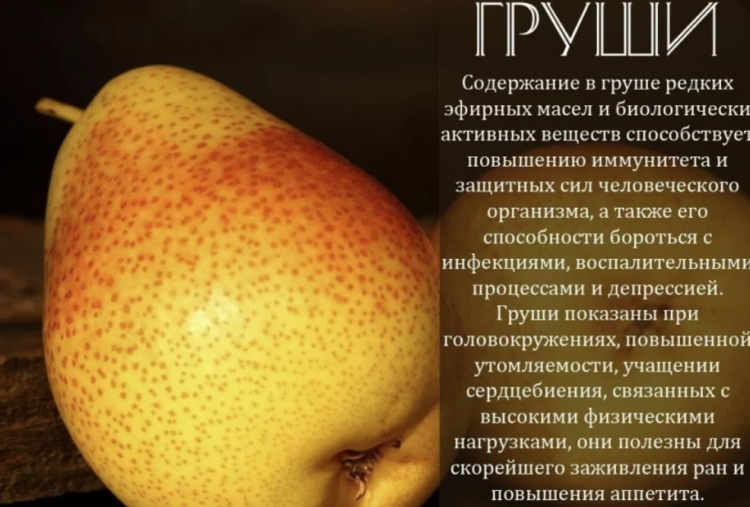
The benefits of pears
Description of Chizhovskaya pear fruits: the shape is classic for pears, weight is 100-140 grams, thin matte peel is strewn with small dots. The color of the fruit is green with yellowness, the barrels are slightly pink. The taste is sweet and sour.
Pears begin to ripen in August. The harvest is massively harvested in late August - early September. Pears picked not overripe can be stored for up to 4 months.
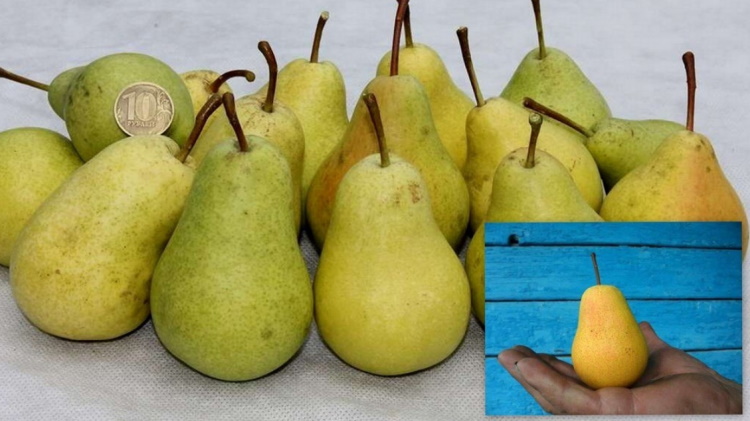
Pear fruits Chizhovskaya
The main positive and negative aspects of the variety
A feature of the Chizhovskaya variety is that the tree has an average trunk height with a spreading, lush crown. This makes it possible not to resort to special equipment when harvesting, it is quite possible to do with a simple ladder.
Growing is possible in areas with low temperatures. Pear is not afraid of frost and sudden temperature fluctuations. Among the trees intended for the northern regions, this variety is the most frost-resistant, buds and flowers do not freeze down to -3 degrees below zero.
Pear pulp contains more than 9% sugars, its sweetness is the highest among competitors. It can be stored well (100 to 150 days) and can be transported. The fruit is not affected by winds and lingering rains. They do not crumble. Its losses are no more than 10%. No fruit has the best performance. Dense pear pulp facilitates transportation without losing its quality and presentation.
The variety is high-yielding, begins to bear fruit 2-3 years after planting. During the season, 1 tree gives 60 kilograms of fruit. Even in a lean year, picking 40 kg of pears is the norm.
The disadvantages include the fact that at the age of 15 years the tree begins to bear fruit with smaller fruits. Their weight is halved. The variety is vulnerable to all sorts of pests, picky about watering.
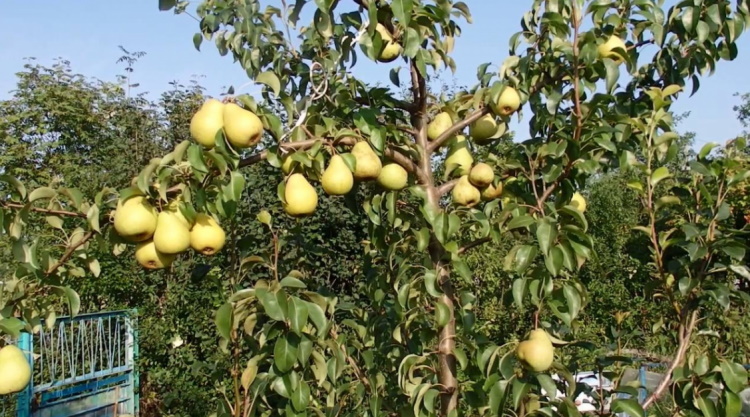
Punch pear
Landing dates
In the southern regions, it is better to plant seedlings in the fall, so that the roots have time to take root. Spring planting contributes to the slow development of a fibrous root system, and therefore a poor supply of nutrients to the plant. Therefore, spring planting requires abundant root watering and feeding with nutrients.
Best landing time:
- St. Petersburg, Moscow and regions - the last days of April - the first days of May;
- Ural - second half of May, September;
- Volga region - September-October.
In the northern regions, the best time for disembarkation is May, when the ground thawed, September, a month before frost. In the southern regions - April, October.
Step-by-step landing instructions
The landing site should be flat, well lit, and free of drafts. The tree loves fertile, well-fertilized soil, with moisture and air conductivity. The depth of water in the ground at the site of planting of the seedling should be 2-3 meters.
Step-by-step landing instructions:
- Digging a hole 60 cm in diameter and 1 meter deep.
- Preparing the substrate for planting a seedling. Its components: sand and humus, 2 buckets each, potassium sulfate - 1/3 of a glass, superphosphate - 200 grams. All this is mixed with the earth, the pit is filled into which the seedling is lowered. The acidified soil is still diluted with lime or dolomite flour.
- A pit with a seedling is well compacted.
- The planting site is watered abundantly with water.
Saplings are planted at the age of 1-2 years. Older trees do not take root well.
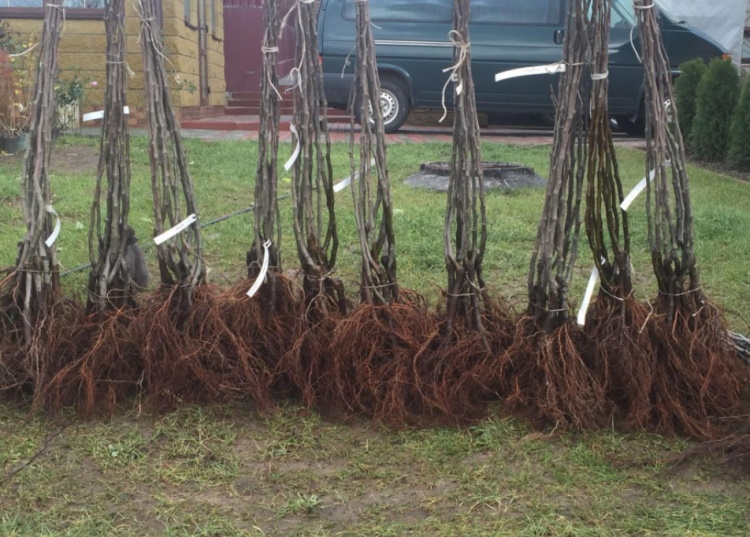
Saplings for planting
Pear care
It takes a lot of work to harvest pears. The variety is quite moody. For him, you need to choose the right soil. For a crop of 60 kg, black soil or loamy soil is needed. It is impossible to achieve large yields on clay.
Watering and fertilizing
In the first month after planting, the tree should be watered every week. Further, irrigation is reduced up to 3-4 times throughout the season. If the summer is hot and dry, water more often. The near-trunk circle of pears is regularly weeded from weeds.
The first fertilization is carried out in the spring at a time when the pear begins to bloom. During this period, she needs fertilizers containing nitrogen. This is a solution of nitrate in proportions of 1 to 50. 1 tree needs 30 g of ammonium nitrate. Pour the pear tree around it.
After the inflorescences fall off, the pear is fed with a complex fertilizer with a nitroammophos, which is responsible for vital activity. 1 kg of pellets goes to 20 liters of water. 3 buckets of fertilizer are applied under each tree.
Another nitrogen-containing top dressing is carried out by the end of June. Before winter, the pear tree is fed with mineral fertilizers containing phosphorus and potassium. To do this, 2 tablespoons of superphosphate are mixed with 1 tablespoon of potassium chloride and diluted in a bucket of water. This is the norm for 1 tree.

Flowering pear tree
Pruning trees
It is necessary to begin the formation of the crown one year after planting. If you do not do timely pruning, the trunk will stretch upwards, then picking the fruit will be difficult. The goal is to form a beautiful crown and provide the leaf plates with sufficient lighting.
Pruning is best done in spring at a temperature of +8 ° C. The first to be removed are the branches growing parallel to the trunk, then those that grow at an acute angle to the trunk. In the fall, after the foliage has fallen off, old, dry, disease-damaged branches are removed.
Thick branches are first sawed on both sides, then broken off, thin branches are cut with garden shears. The cut sites are treated with garden varnish.

Pruning rules
Pollination
The Chizhovskaya variety is not picky about pollination.But when planted together with other varieties, the number of ovaries increases by 10%.
The best pollinators are Lada, Severyanka and Rogneda. This is favored by their annual flowering at the same time.
Preparing trees for winter, collecting and storing fruits
Frost resistance of a pear does not mean that it does not need to be prepared for winter. In autumn, when the leaves have already fallen, the tree trunk circle is cleaned of debris and covered with peat or straw mulch. Vegetable tops can be used as mulch. From above it is sprinkled with earth.
Fruit is harvested in August. The fruits are sorted. With stalks, without visible damage, the fruits are sent for storage to the basement with a temperature of + 1-2 ° C and humidity up to 90%. For long-term storage, the layers must be shifted with paper or straw.
Possible pear diseases
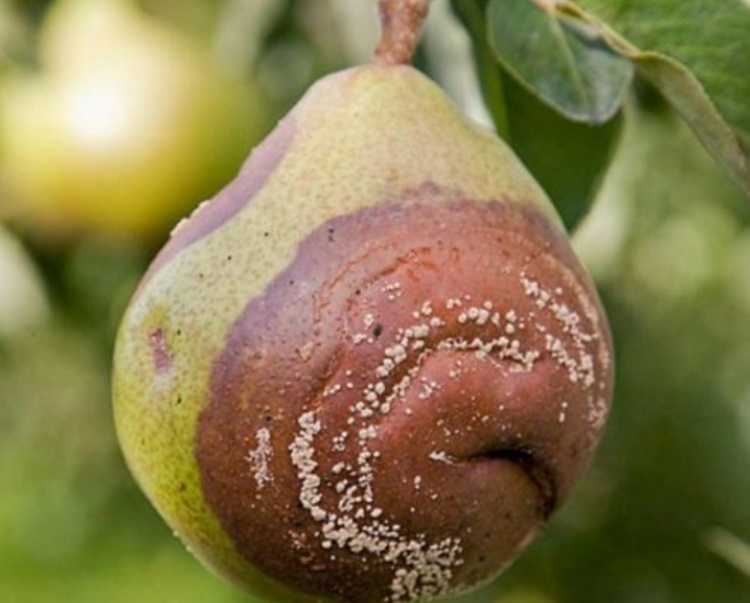
Fruit rot
Pear Chizhovskaya has a weak immunity to diseases. It is susceptible to fungal diseases, which include black cancer, fruit rot, rust. To combat black cancer, a 1 percent solution of copper sulfate and Bordeaux liquid is used.
Fruit rot is fought with a lime solution (2 kg per bucket of water). After harvesting, copper sulfate is used. Rust is sprayed with Hom and a 1% solution of Bordeaux liquid. Damaged leaves, bark, twigs are burned.
Probable pear pests
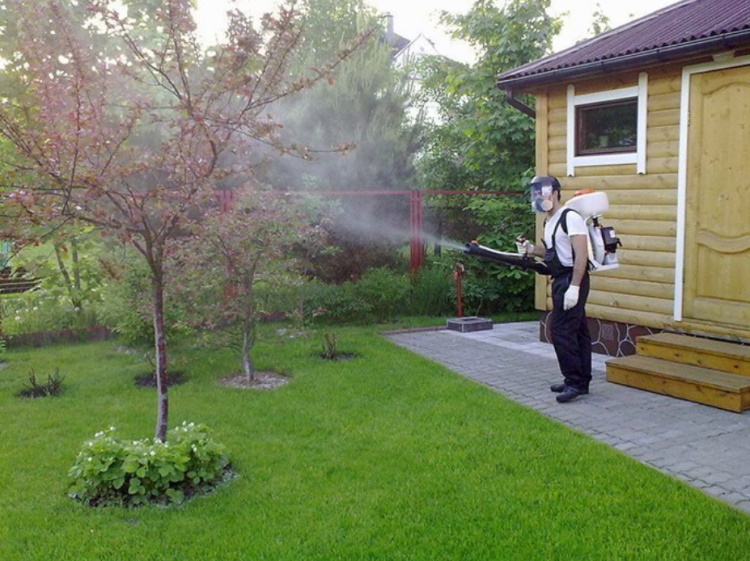
Pest control
Insect pests cause great harm to the plant. These include the hawthorn, which feeds on the leaves of the tree, the golden tail, which lays eggs, from which the caterpillars devouring the foliage, and silkworm butterflies are hatched. To combat them, insecticides Aktellikom, Entobacterin, Aktara are used.
Gardeners love the Chizhovskaya variety for its resistance to sudden temperature changes, as well as for its tasty fruits and high yield. It is a good choice for areas with harsh climates. With proper care, pears yield a large harvest, are well stored and transported over long distances.
